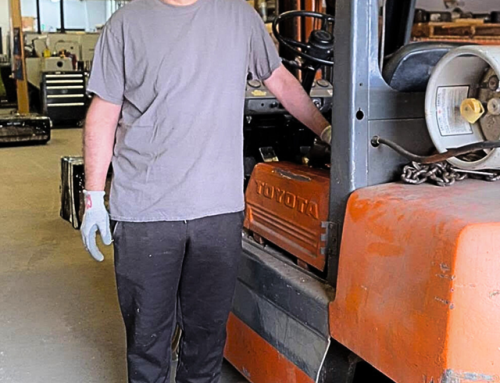
When the pandemic started nearly two years ago, most organizations adapted to a work-from-home model. Some businesses have made a permanent transition to remote working or a hybrid model, but the pandemic has certainly taught us that a remote workforce is possible.
For some people with disabilities, a remote workplace has reduced barriers and opened opportunities.
It removed physical barriers
The remote workforce has made things easier for people who have physical accessibility barriers, including transportation challenges. For example, working remotely eliminates navigating transportation to and from work. It also removes physical obstacles that might be present in a traditional workplace.
Workers can customize their workspace at home to meet their needs. This customization allows them to use whatever assistive technology or accommodations they’re comfortable with, reducing stress and increasing productivity.
It introduced a new way of doing things
Daily tasks can be done via chat, email, and video conferencing. Using these new technologies instead of phone calls for a worker with a hearing loss could make their job easier. People with visual disabilities might prefer to work at home, where it is quiet with fewer distractions, allowing them to interact with assistive tech. Adapting to using digital tech, and the fact that it has become the norm is beneficial to a lot of people.
It attracted workers that aren’t comfortable in large group environments
People with various neurodiverse conditions might not perform well in busy offices or other workplaces. Sometimes it can be inaccessible or unpleasant. However, these employees can work in a comfortable, less stimulating environment with remote working.
It benefits employers too
Hiring people with disabilities into your remote workforce has many benefits. For one, it gives access to a much wider pool of employees. In addition, this new way of doing things, paired with remote working technology, provides accommodation, accessibility, and a happier workforce.





